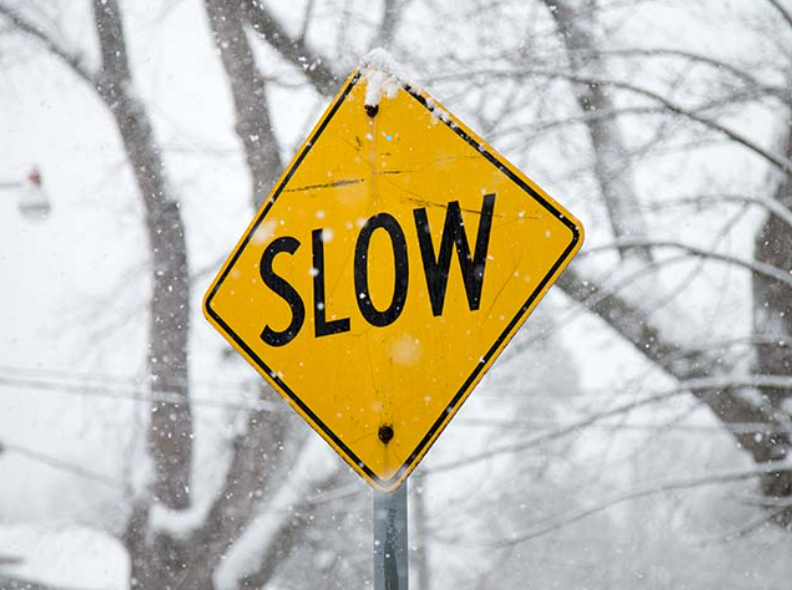[vc_row][vc_column][vc_column_text]
Snow/slush:
Driving safely in snow/slush is boosted by:
- Maintaining a safe following distance (at least four seconds)
- Lowering speed to match road conditions
- Watching for black ice
- Accelerating and braking slowly
- Avoiding sudden moves
- Knowing how to handle a skid
- Seeing and being seen (via headlights or emergency lights)
- Using extreme caution around snowplows/salt trucks
Black Ice:
Black ice is a thin coat of glazed ice on a road surface, which is often invisible to the eye.
Driving safely in snow/slush is boosted by:
- Maintaining a safe following distance (at least four seconds)
- Lowering speed to match road conditions
- Watching for black ice
- Accelerating and braking slowly
- Avoiding sudden moves
- Knowing how to handle a skid
- Seeing and being seen (via headlights or emergency lights)
- Using extreme caution around snowplows/salt trucks
When encountering black ice, TranBC suggests:
- Staying calm
- Keeping the steering wheel straight
- Avoiding hitting the brakes
- Easing off the gas pedal
- Shifting into a lower gear, if possible
- Steering the vehicle in the direction you want it to go
The Large Truck Crash Causation Study (LTCCS) reported that 23 percent of large-truck crashes occurred when commercial motor vehicle (CMV) drivers were traveling too fast for conditions
Be vigilant, be kind and please slow down in the snow!
[/vc_column_text][/vc_column][/vc_row]


